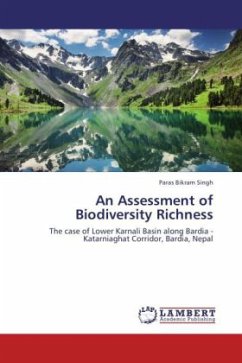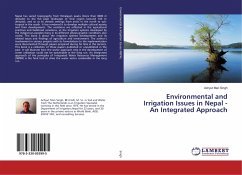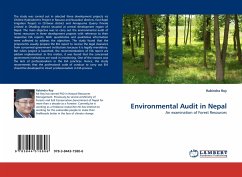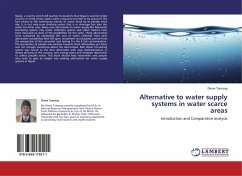Bardia- Katarniaghat Corridor,also called Khata Corridor, is the natural linkage between Bardia National Park (BNP) of Nepal and Katarnighat Wildlife Reserve (KWR) of India for wildlife movement. The corridor is a component of Terai Arc Landscape (TAL) and considered as an important ecological linkage between BNP and KWR. Basically, the corridor provides cover for the movements of wildlife and especially important to those mammals required large home range. Besides its ecological value, the corridor is threatened by human disturbances. Almost half of the corridor falls within the Bufferzone Area of BNP. Therefore, BNP office and District Forest Office (DFO) in co-ordination with National Trust for Nature Conservation (NTNC) and WWF-Nepal are managing the corridor through integrated conservation and development approach. This study aims to document aquatic and terrestrial biodiversity and their threats from the Lower Karnali Basin along the corridor.
Bitte wählen Sie Ihr Anliegen aus.
Rechnungen
Retourenschein anfordern
Bestellstatus
Storno








